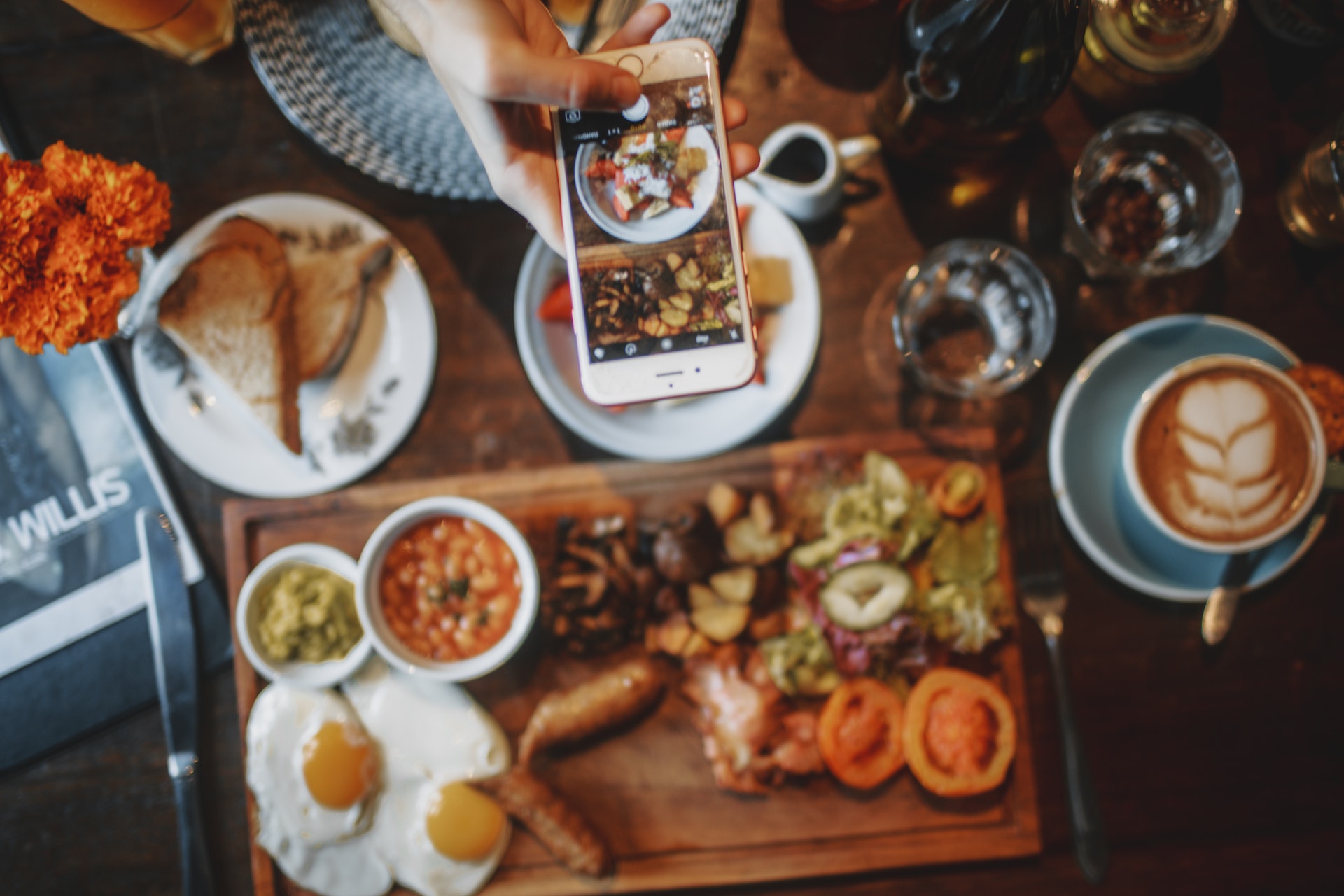Ordering terminals revolutionize the fast-food sector
We've seen them arrive in airports and banks, in casinos and hospitals. But the advent of autonomous ordering kiosks seems to have been less meteoric in the world of fast food. Yet there are few industries for which the kiosk is better suited.
Since 2006, the big names in fast food have been trying their hand at it. From Burger King to Taco Bell, McDonald's to Subway, the touch-order kiosk has gradually found its way into franchise locations, and then into customers' habits.
This renewed popularity is also partly due to the adoption of online ordering and QR code menus. The latter have enabled customers to be more autonomous when ordering and paying. The fast-food ordering terminal offers the same advantages, and eliminates any malfunctions a customer might encounter on his or her cell phone.
Order kiosks for fast-food restaurants: a recipe for success
It's good to understand why the self-ordering kiosk has become so popular. It's even better to know why this equipment is becoming an obvious choice for your restaurant. You need to know that the touch terminal offers three concrete advantages over the traditional way of ordering.
The order terminal: a concentrate of information and visuals
When you go to a restaurant for the first time, there's a whole ritual involved in placing your order. You consult the menu, hesitate, wonder about portion sizes and wait for the waiter to return to ask questions. We quickly calculate totals and wonder about unfamiliar dishes. All too often, the new customer makes a "bad choice" and leaves convinced that your restaurant or fast-food joint isn't as good as they'd hoped.
With the order terminal, all this is done autonomously, and the chances of making those "wrong choices" are considerably reduced. Indeed, for each menu item, the customer discovers eloquent visuals as they go along. But above all, if they need to, they can consult more information to be convinced to order dishes that will be to their liking.
Decongest queues with the touch control terminal
The classic ordering process is surely the most time-consuming interaction in a restaurant. In a fast-food restaurant, especially one that allows customers to personalize their orders, this is even truer. And that's not counting the fact that customers can change their minds along the way.
By using an automatic order terminal, reception staff are freed from the obligation of taking orders. These members of your team can therefore lend a hand in the kitchen or help out the reception staff. And best of all, customers using a touch terminal can change their mind at any time without upsetting anyone. Provided, of course, that there are no long queues.
The order terminal responds to new customer habits
Another argument in favor of ordering kiosks in the fast-food sector is ergonomics. In another era, one might have thought that customers would be less inclined to use machines to order. Today, however, it's not just Generation Z who are comfortable using screens.
Your customers are sure to be more reassured by the idea of ordering via the touch terminal. Firstly, they'll be less stressed at the thought of an overworked waiter making a mistake on their order. But above all, alone in front of an order terminal, your customers won't feel judged when they want to treat themselves. As a result, they'll be more inclined to spend more, with complete peace of mind!
The secret ingredient in control terminals for greater profitability
It would be a mistake to think of kiosks as fixed devices. On the contrary, they're dynamic tools that fit perfectly into your catering business strategy. After all, our touch-sensitive kiosks can be configured to facilitate up-selling, and can help you develop your ideal menu.
A properly configured order terminal can notify each customer of the bonuses and benefits to which they may be entitled with each order. A free meal for every extra €5 spent? A discount on vegan dishes? Extra fries for just €1? With an order terminal, you can ensure that this information is systematically presented to the customers concerned.
What's more, running a restaurant often means experimenting with menus. Would you like to know what your customers really like? Your touch-sensitive ordering station can become an information-gathering device. You'll know which items on your menu sell best, and under what conditions. This will enable you to adjust your menus more quickly and efficiently.
Control terminals have a bright future ahead of them
The kiosk allows users to order and pay as they wish, without the need for your restaurant staff to intervene. In many ways, this makes life easier for everyone. And that's without counting the many other advantages. For example, a touch-sensitive ordering terminal makes your restaurant more accessible to tourists who don't speak the local language. Just as they enable people living with disabilities to order independently. This added convenience is more than enough to win the loyalty of many customers. Above all, kiosks have proven time and again that they can make your establishment more profitable. By boosting sales and individual transaction figures, freeing up your staff and providing valuable business intelligence.

